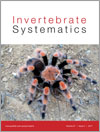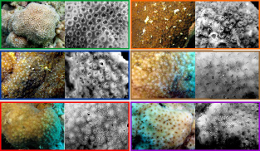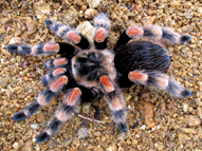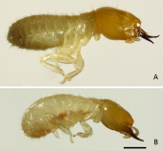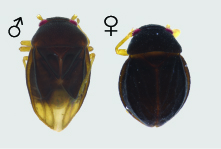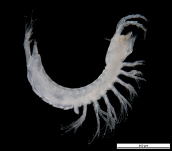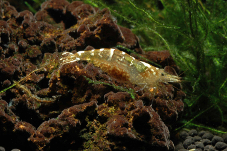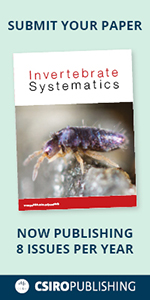IS16037The enigmatic groundwater amphipod Awacaris kawasawai revisited: synonymisation of the genus Sternomoera, with molecular phylogenetic analyses of Awacaris and Sternomoera species (Crustacea : Amphipoda : Pontogeneiidae)
The systematics of subterranean monotypic amphipod genus Awacaris remains unclear because its original description is incomplete. Detailed observation of the newly collected specimens reveals the presence of sternal gills, which is the diagnostic character of the pontogeneiid genus Sternomoera, making the validity of Sternomoera open to question. Morphological and molecular phylogenetic analyses suggested that Sternomoera should be treated as a subjective junior synonym of Awacaris.


